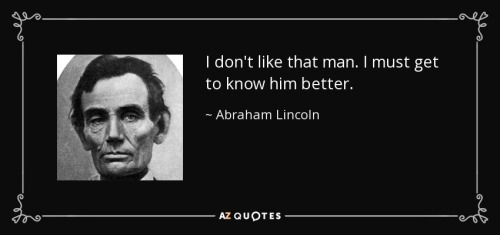 The most recent survey of Chief Marketing Officers (CMOs) shows that not much has changed over the past 10 years. CMOs continue their struggle to make the connection between marketing activity and company performance, and they continue to shift the blame for their failure.
The most recent survey of Chief Marketing Officers (CMOs) shows that not much has changed over the past 10 years. CMOs continue their struggle to make the connection between marketing activity and company performance, and they continue to shift the blame for their failure.
Despite the fact that financial results are rated as the most important factor in a CMO’s performance-based compensation, executive recruitment firm Korn Ferry’s CMO survey found that the majority of senior marketers claim they cannot make a direct correlation between their efforts and company performance.
The reason CMOs give for the disconnect? Nearly a third of the survey respondents suggest that their CEO “doesn’t understand the CMO role.” Specifically, they feel their boss fails to understand the complexity of brand building; the importance of a customer-centric approach; and the correlation between marketing and revenue generation.
Averaging job tenure of just 4.1 years – the shortest of all C-suite positions – CMOs are unlikely to win either sympathy or contract renewals from CEOs (with average tenure of 8 years), who are increasingly impatient with CMOs’ lack of results and accountability.
Tactics and Tools Fail CMOs
An oversimplified description of the CMO’s role is to promote the brand, and to generate viable leads for the sales team. To accomplish those necessary goals, and create some tangible evidence of their contribution to their company’s top line results, CMOs continue to rely heavily (or exclusively) on a large and growing inventory of marketing tactics and tools.
In addition to traditional methods such as advertising (a/k/a “paid media”) and public relations (a/k/a “earned media”), the marketing tool kit now includes everything from Search Engine Optimization (SEO) tactics, Customer Relationship Management (CRM) programs and Marketing Automation software, to Account-Based Marketing (ABM), which is the latest shiny object promising to deliver ROI Nirvana to CMOs.
Unfortunately, as the complexity of the tools and tactics increases, they become more difficult for CMOs to manage (and explain), and more likely that their CEOs will believe that marketing is disconnected from what they believe is most important…which is revenue generation.
Attitude Adjustment Required
If the most measurable portion of the CMO’s role is lead generation; if the sales force is an essential asset to convert those leads into clients or revenue; and if clients and revenue are what’s used to determine CMO compensation and tenure…then why does “marketing / sales alignment” continue to be a significant challenge for most companies?
The simple answer is that there is a longstanding culture clash between marketing and sales professionals. Sales reps believe that marketers are disconnected from customers and marketplace realities, never get their hands dirty, and provide them with leads that are worthless. Marketers believe that sales reps are self-interested, don’t understand the company’s strategy, and waste the leads and tools they are given.
In this ongoing tug-of-war, marketers will always stand to lose, because revenue trumps branding in the corner office, and because sales reps can more easily claim direct responsibility for revenue generation.
Amy Edmondson, the Novartis Professor of Leadership and Management at Harvard Business School, studies people and teams seeking to make a positive difference through the work that they do. Her research suggests that fixing this marketing and sales professional culture clash starts with an attitude adjustment, and requires a new way of working together.
Lessons from a Chilean Coal Mine
At a recent TED conference, Professor Edmondson explained the concept of “teaming,” where people come together to solve new, urgent or unusual problems. Recalling stories of teamwork on the fly, such as the incredible rescue of 33 miners trapped half a mile underground in Chile in 2010, Edmondson shares the elements needed to turn a group of strangers into a quick-thinking team that can nimbly respond to challenges. At many companies, sales and marketing teams are strangers to each other.
Here are three key points from Professor Edmondson’s TED presentation (well worth 13 minutes to view) that CMOs should consider in any serious effort to work effectively with sales professionals:
- It’s difficult to learn if you believe that you already know the solution to a challenge or opportunity. Situational humility – simply acknowledging that you don’t have all the answers – is a necessary starting point for effective teamwork.
- We need to be genuinely curious about what others think and bring to the table. The key to success in building an effective team is learning the strengths of others, and conveying what you can contribute to the effort.
- Society has conditioned us to view each other as competitors. To wit: for me to succeed, you must fail. This underlying cultural bias needs to be eliminated, in order for sales and marketing teams to work together effectively.
There are no simple solutions to the challenge of marketing and sales alignment. But it’s more likely to be improved within a company by focusing on the hard work of listening and communicating, as Professor Edmondson suggests. CMOs need to begin that journey by looking inside themselves, and not to outside providers of marketing technologies.









